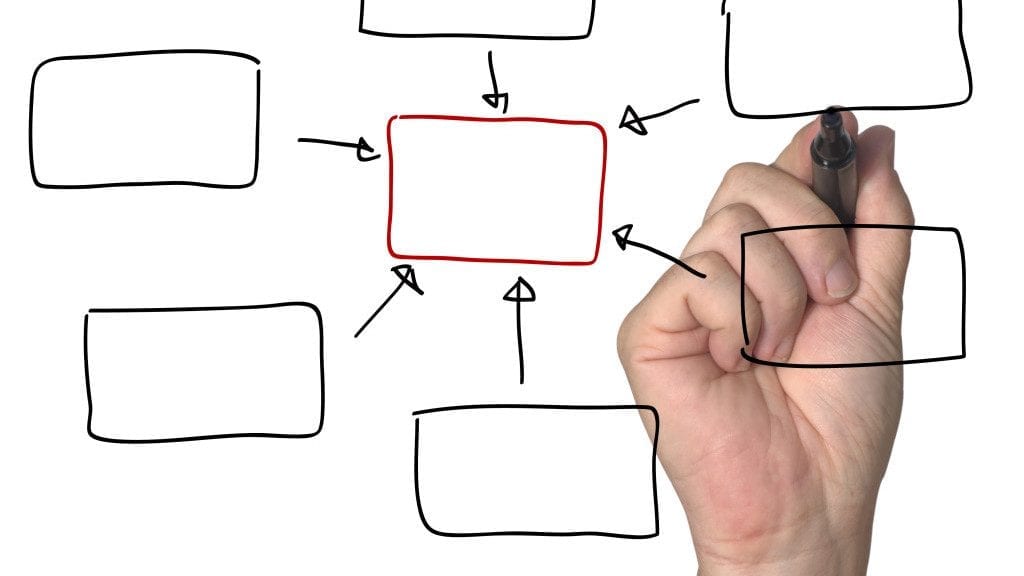- browse by category
- Audit Assistance
- Business and Taxes
- Celebrities in Tax Debt
- Cryptocurrency Taxes
- Economic News
- Foreign Banking
- Innocent Spouse
- IRS debt settlement
- IRS Headlines
- IRS Wage Garnishment
- Marriage & Divorce
- Payroll Tax
- Retirement
- Revenue Officers
- State Tax Headlines
- Stop IRS Debt
- Success Stories
- Tax and Politics
- Tax Attorney
- Tax Codes
- Tax Debt Help
- Tax Evasion
- Tax Levy
- Tax Lien
- Tax Payment Plans
- Tax Return Filing
- Tax Tips

Not being able to pay your taxes before the April 15 deadline is inconvenient. Not only does the back tax debt stick around longer, it can also increase due to interest and penalties. But letting your back tax debt stick around isn’t the only option. If you’re unable to pay your entire tax bill by the April 15 deadline, IRS installment plans are a serious option to consider.
IRS Installment Plans: A Primer
Through an installment plan, taxpayers are able to make monthly plans to pay tax debt. It doesn’t come free – there is a fee, and a small interest charge. Before applying for an IRS installment plan, it’s best to know all the facts, and make some decisions.
First, paying off the tax debt with a credit card should be considered. It allows you to pay it all at once, which allows you to save on the interest fees. Also, know that any future refunds will go toward paying off the tax debt until it’s completely paid off.
The fees is $52 for taxpayers who set up a direct debit agreement, or $120 for those who pursue a standard or payroll deduction agreement. But, if you’re able to pay off your entire balance within 120 days then the fee is waived.
How To Approach an Installment Application
To apply for an installment plan, file IRS Form 9465, Installment Agreement Request. If your total tax debt is more than $50,000 then file the Form 9465 along with Form 433-F Collection Information Statement as an attachment. You’ll also have to make a phone call or two.
How much back tax debt you have impacts the dynamics of your IRS installment plan. If you owe less than $10,000, your application for an installment plan is generally guaranteed so long as you aim to pay the entire tax debt in no more than 36 months. There won’t be a minimum payment amount.
If the back tax debt is within $10,000 and $25,000, you may be able to qualify for a streamlined installment plan. Streamlined installment plans give you six years to pay, but there is a minimum monthly payment. The minimum payment is calculated by dividing the entire back tax debt by 72 (the number of months in six years).
For installment plans aiming to pay tax debt between $25,000 and $50,000, you’ll need to give the IRS more of your financial information, such as your income and expenses. The minimum monthly payment will be the entire back tax debt divided by 72.
For Larger Debts
For tax debts at or more than $50,000, the process gets complicated. The IRS will want to know more details about your finances, and will likely perform an in-depth review by looking at your investments, assets, and bank and income records.
If you go into default during the course of your installment plan, you may be able to get it reinstated. However, the penalties and interest will continue to accrue until full payment is reached.
Is it time to consider IRS installment agreements?
If signs pop up that you won’t be able to keep up with your payments, contact the IRS as soon as you can. The IRS typically won’t take enforcement actions while an installment agreement is in effect.
Have you successfully agreed to an IRS installment plan? Share your story below or tweet us @StopIRSDebt!
Leave Comments

Top Tax
secrets revealed
Sign up for our newsletter and be the first to find out when exciting IRS news happens. Yes, exciting. We're really into taxes.


